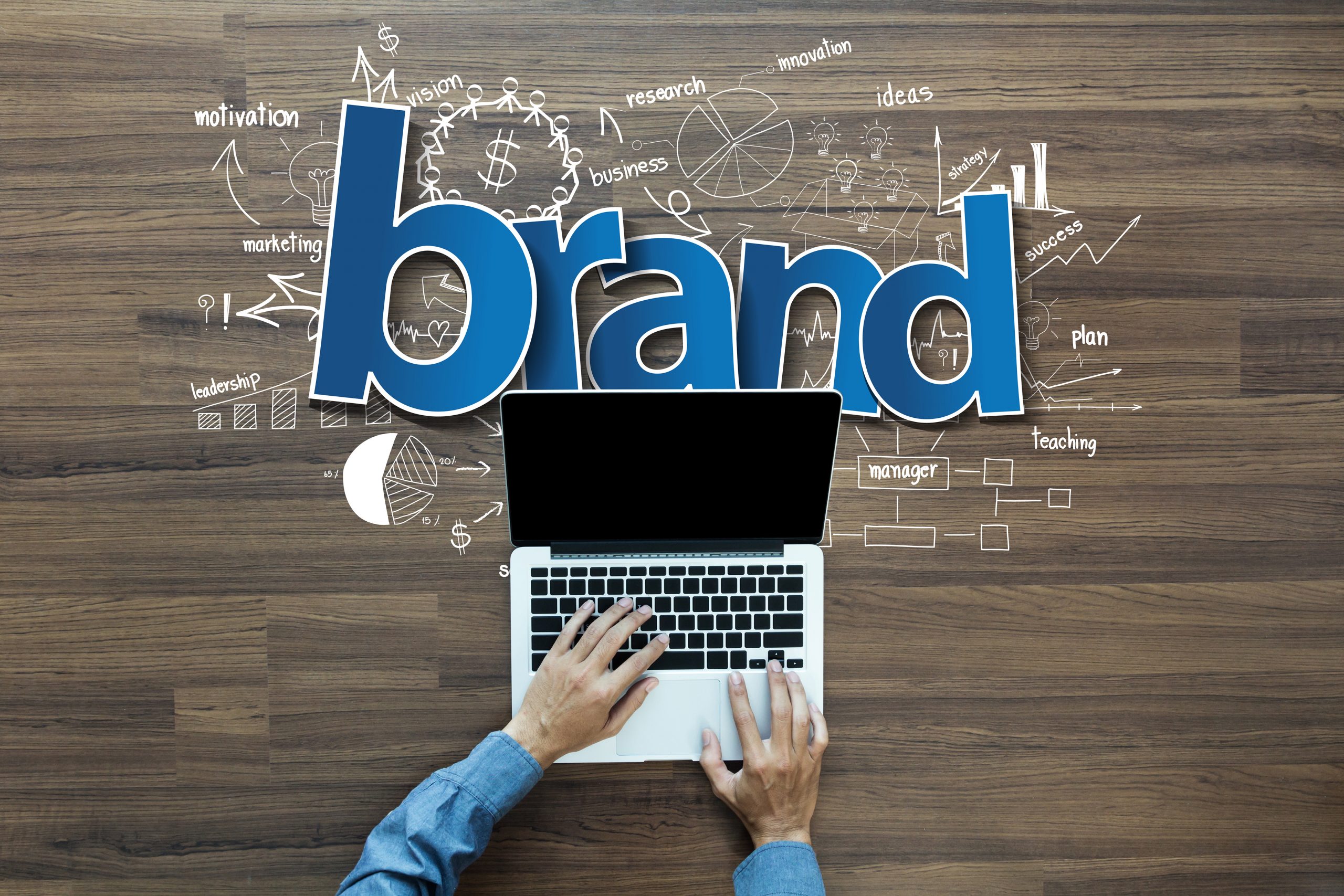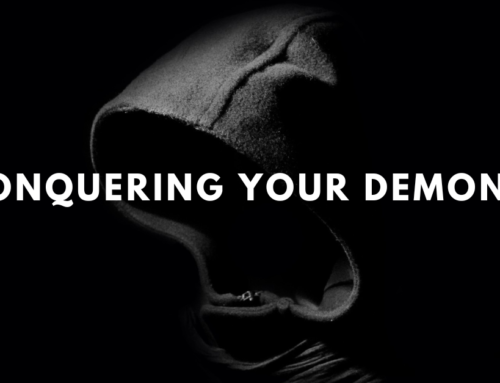If you were to be presented with a pair of shoes without any insignia, and somebody told you it was Adidas, would you buy it? Or what if someone gifted you chocolates without a brand? Would you eat them or enjoy them as much?
Well, I wouldn’t. Let’s face it – we buy the brand as much as the item. We strut around in our branded clothes to flaunt them. We take photos of our purchases and post them on Instagram, making sure that the logo is shown. These show us the importance of image and branding in today’s age. Your “brand” is what your prospects think of when they hear your name.
There are brands who have succeeded in becoming the de facto leader in their field, so much so that we use their brand name to refer to general objects! Have you ever encountered people who said, “Hey can you xerox this?” when they actually meant “photocopy” or, “Wanna grab a coke?” when they were really referring to any kind of soda? It just shows that a powerful brand can successfully pervade our daily lives, even without us noticing it.
So, what’s in a brand?
Connecting Through Your Brand

Big brands have campaign taglines which convey personal, powerful, and inspirational messages directly to their consumers. Some examples are Nike’s “Find your greatness” and Beats’ “Hear what you want.” What do these taglines have in common? It’s the usage of the word “You” or “Your”. You see, at the end of the day, how successful a brand becomes is a direct result of its ability to connect with their customers and convey their value proposition.
When I was in university, I was part of an organisation which was slowly dying. There were no new applicants, students seldom visited our events, and even the current members didn’t participate as much in our internal activities. Thus, as president, I thought that the organisation only needed one thing – major rebranding. I revamped our logo, centralised our publication materials, streamlined our application process, and made our activities more appealing to the public. Within the next semester, applicants were streaming in, and our organisation was receiving positive feedback. That’s when I realised that how other people perceive your business or organisation is extremely important. It would be an understatement to say that focusing on the development of our brand as an organisation resulted in our success.
If your brand is relatable and communicates powerfully with your target consumers, then it can quickly soar and be a staple in the homes and lives of people. What I always tell my team is that we should always put ourselves in the shoes of our consumers. Does the brand fit into their daily lifestyle? Does it speak to them? Is it part of their experiences and growth as a person?
In the recent Brand Finance Global 500 report, published in January 2020, Amazon made history by becoming the first brand to exceed the USD200 billion value mark, and retained the title of the world’s most valuable brand for the third consecutive year. In the words of CEO of Brand Finance, David Haigh: “Amazon continues to impress across imperishable consumer truths: value, convenience, and choice.”
Final Words
When assessing your business and your brand, it’s important to ask this question: is the way you’re communicating about your brand and the way your clients are receiving it exactly the same? If not, it might be time to recalibrate so that you effectively communicate what your brand is all about. After all, how they see your brand influences their attitude towards it, and can consequently make or break your business.
So, let’s go back to the question. What’s in a brand?
Everything.
Part of having a great brand is having a great social media presence, the same way my YouTube channel always wants to provide you the tools you need to succeed. Watch this video and learn more: The Top Secret Of Successful Branding
To your success,
Mario
[Visit www.mariosingh.com now to enjoy a FREE e-book of my latest “37 Essential Principles for Massive Success” when you subscribe!]





